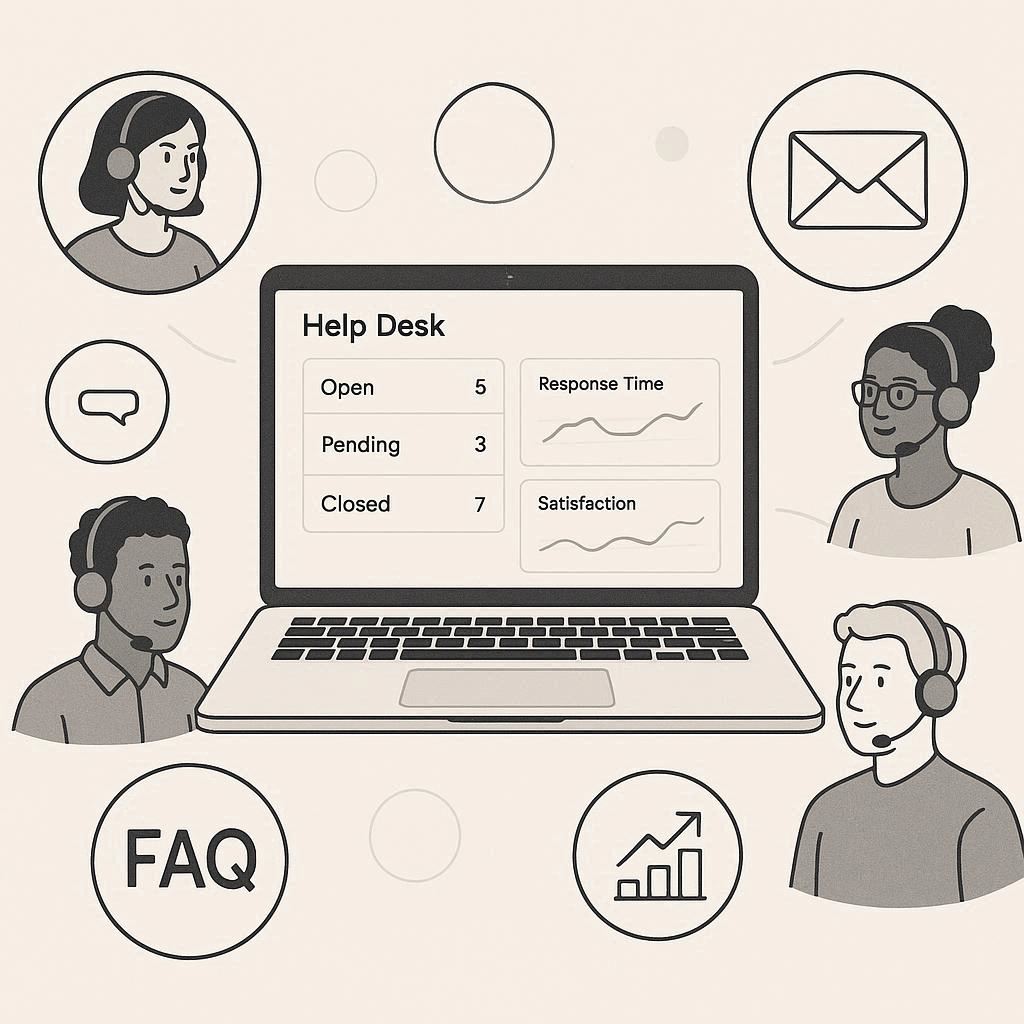Customer support has evolved from a reactive help desk into a strategic pillar of the user experience. In crowded digital markets, the quality of support often decides whether a new user becomes a long-term advocate—or drifts away after the first hiccup. This article explains what “good support” looks like today, why it matters, and how organizations can evaluate and improve it without turning every interaction into a sales pitch.
Why Support Matters Beyond Problem-Solving
Great support doesn’t just resolve issues; it reduces user anxiety, speeds up adoption, and builds trust. When people search for help—say they’re trying to evaluate response quality around topics like megapari customer service —they’re really assessing reliability: How quickly will I get help? Will the answer be accurate? Will I be treated fairly? Each touchpoint shapes brand credibility more than any tagline.
The Core Pillars of Modern Support
1) Availability, not just speed.
Live chat, email, self-serve help centers, and community forums complement each other. Fast is good; predictable is better. Clear operating hours, SLAs, and status pages prevent frustration before it starts.
2) Consistency across channels.
Users expect the same answer whether they ask via chat, email, or social media. That requires shared knowledge bases, templated reasoning (not templated replies), and good internal escalation paths.
3) Human tone, structured process.
Plain language, empathy, and ownership (“I’ll stay on this until it’s fixed”) make a difference. Pair that with checklists, incident tags, and post-mortem notes to avoid one-off heroics that don’t scale.
4) Self-service that actually serves.
A searchable help center with step-by-step guides, annotated screenshots, and short troubleshooting trees can solve 40–60% of issues before they reach a human—if it stays current and is written like a teacher, not a technician.
Metrics That Matter (and How to Read Them)
- First Response Time (FRT): A fast “we’re on it” beats silence. But don’t game it with empty acknowledgments; pair FRT with Time to Resolution (TTR) to see the full picture.
- Resolution Rate & Reopen Rate: High resolution is good; frequent reopens mean answers aren’t sticking or root causes remain.
- CSAT & Qualitative Themes: A 4.7/5 score is only useful with tagged feedback (e.g., “unclear instructions,” “policy confusion”).
- Escalation Patterns: Track what gets escalated and why. Repeated escalations flag training or documentation gaps.
Building Trust Through Transparency
- Set expectations upfront. Share response windows, outage details, and next steps.
- Explain the “why.” Users accept delays when they know what’s happening.
- Close the loop. After fixes, send a concise summary: what went wrong, what changed, and how you’ll prevent repeats.
Practical Ways to Level Up
- Standardize triage. Use severity levels and decision trees to route issues smartly.
- Invest in knowledge ops. Treat guides like product assets: versioned, reviewed, and retired when stale.
- Coach for reasoning, not scripts. Teach agents to diagnose root causes and narrate their thought process clearly.
- Design for the anxious moment. Short paragraphs, numbered steps, and visual cues reduce cognitive load when users are stressed.
The Bottom Line
Support quality is a composite of speed, clarity, consistency, and care. Organizations that treat it as a core product capability—not a cost center—earn loyalty that advertising can’t buy. Whether you’re evaluating providers, benchmarking internal teams, or simply checking how others approach complex categories, look for the signals above. They’re the difference between a reactive inbox and a reliable customer experience.







